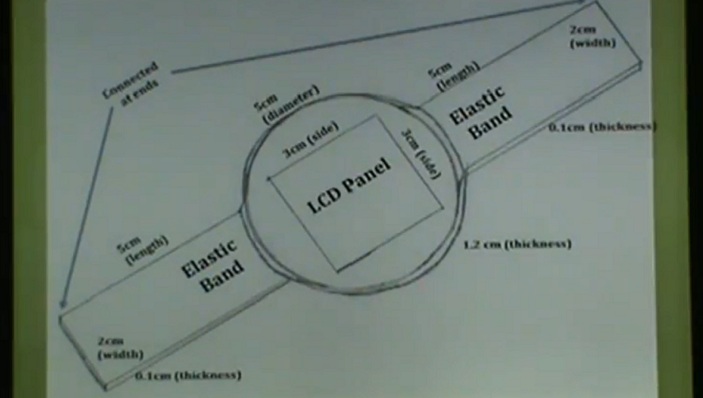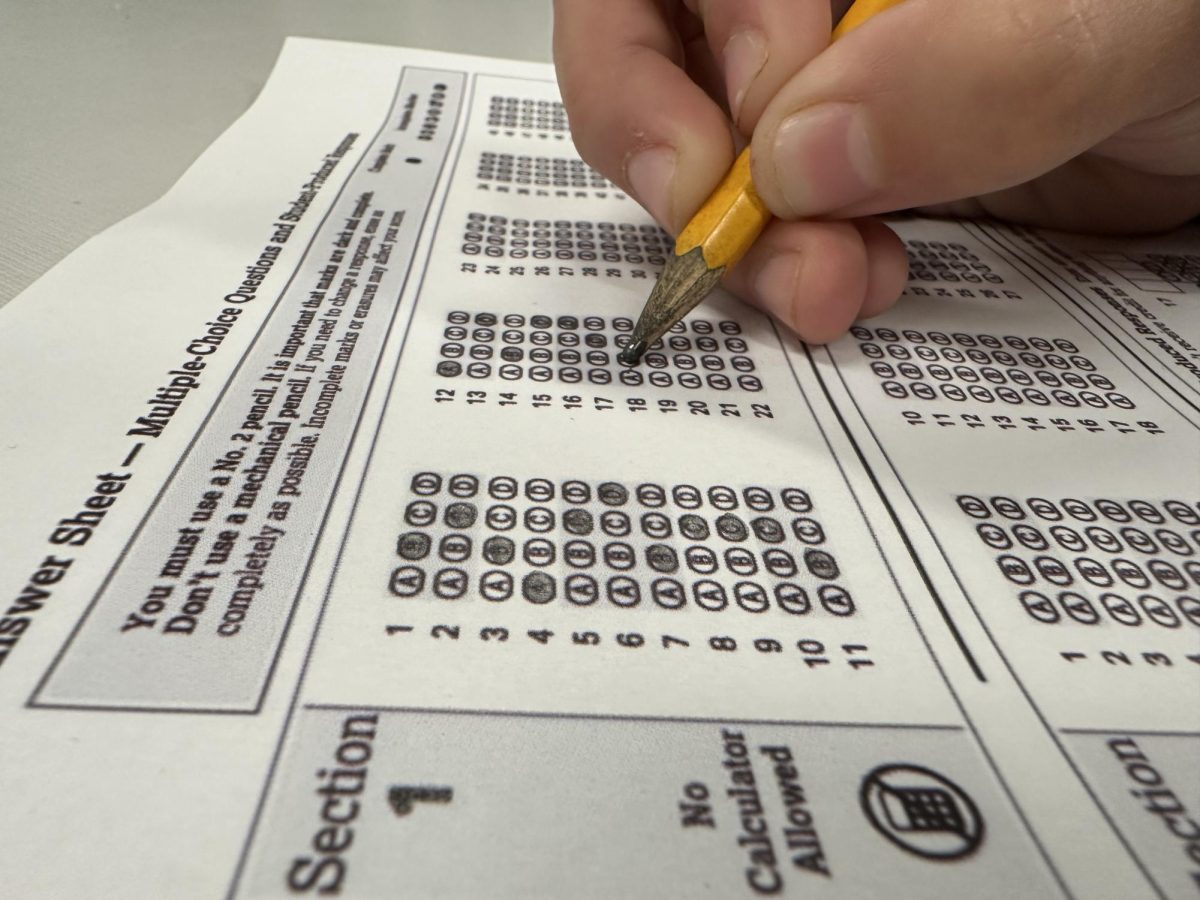
When sophomores Ameya Khare and Nikhil Sathe decided to enter the Clean Energy division of the Conrad Spirit of Innovation Challenge, they were already aware of popular forms of renewable energy available today — solar, wind and hydroelectric.
“We started thinking, what’s a new form of renewable energy that people have not harnessed yet?” Sathe said.
The answer: kinetic energy. Specifically, that of human motion. This is the source that sophomores Khare and Sathe, with the aid of their Physics Honors teacher and Challenge officer Jim Birdsong, have implemented in their design for a small, watch-like device called Humobot that would transform human motion into electrical energy — a design that has brought them to the final round of the Conrad Spirit of Innovation Challenge.
“I was a little bit of a sounding board at the beginning, but 99 percent of this was them,” Birdsong said. “I was just the adult of record.”
Inspired by the success of one of Sathe’s friends in last year’s competition, Khare and Sathe decided to try their own hands at the national Challenge. The Conrad Spirit of Innovation Challenge encourages high school students to design products that would improve the world in one of three categories: Aerospace Exploration, Health and Nutrition, or in the case of Khare and Sathe, Clean Energy. After a preliminary round in November in which the sophomores answered a set of five questions about their prospective design, they advanced to the semifinals. The designs of approximately 30 semifinalists, described in detailed documents written by each group, were reviewed by a panel of judges. Humobot was selected as one of the five national finalists.
______________________________________________________________________________________________
“You know, you want to go running and listen to your iPod. Why not charge it at the same time?”
– sophomore Ameya Khare
______________________________________________________________________________________________
Khare and Sathe, along with the four other finalist groups, will present their design in a half-hour speech to an undisclosed group of prominent business and government officials at the Innovation Summit in the Moffet Field NASA Ames Research Center from March 28 to March 31. The winners of this round, based 95 percent on the input of the judges and 5 percent on votes received on the Conrad Spirit of Innovation Website, will receive $5,000 to create and market the designed product. In addition to the $5,000, the team with the highest share of public votes will win the People’s Choice award and receive Amazon Kindle Fires.
“This isn’t a normal science fair, where you come up with something, present it and then you’re done,” Khare said. “This is more [going] to the next level — you actually start building your product rather than just making it virtually.”
When Khare and Sathe decided to compete in the Challenge, neither had any previous experience with science fairs. They knew little of obscure but vital forms of technology such as MEMS (Microelectrical Systems) tranceivers or nanoscale devices — words that now easily roll off of their tongues. All they had was the basic notion of replicating the principles upon which a Toyota Prius operates: channeling the kinetic energy of feet on the pedal into electrical energy to keep the car running.
“You know, you want to go running and listen to your iPod,” Khare said. “Why not charge it at the same time?”
Once they knew the general direction in which they wanted to go, the rest was just research. Khare and Sathe read through endless numbers of college papers on the Internet, many from universities such as the Massachusetts Institute of Technology and the California Institute of Technology. Their design builds upon a storied history of almost-but-not-quite-successful attempts to embrace kinetic energy.
“This sort of thing has been done before … but it’s always failed because they never used the correct technology,” said Sathe. “We’re introducing new types of [technology, such as MEMS] and we’re thinking that it might actually be feasible.”
Khare and Sathe estimate that the price of the product, if actually created, would be sold for between $50 and $60. They are currently brainstorming ways to reduce this cost in order to make the product more universally accessible. For them, it isn’t just about winning the challenge — it’s about the impact the product could have if created.
“There’s, what, 6.5 billion to 7 billion people on this planet, right?” Khare said. “And if even a fraction of them could harness their own motion, that they use in their daily lives, we could really decrease the power usage of the whole [world].”
Visit Khare and Sathe’s page to vote for their design and improve their chances of winning. Voting begins on March 12 and ends on March 23.






















